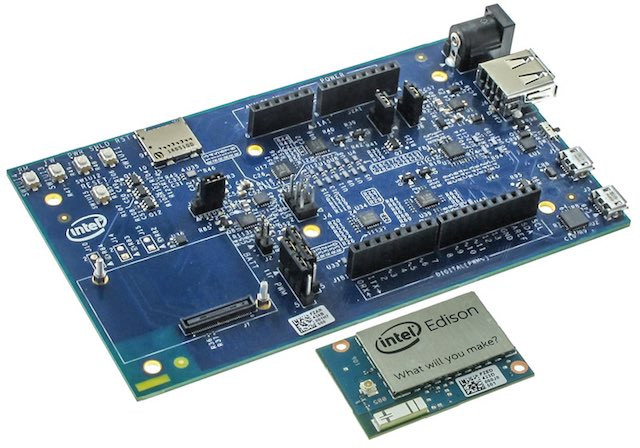Arrangement of Atoms Measured in Silicene for the First Time
https://makerv2.webteractive.co/blog/arrangement-of-atoms-measured-in-silicene-for-the-first-time
For the first time, physicists have been able to precisely determine the corrugated structure of silicene by utilizing a method that is also suitable for analyzing other two-dimensional materials.
What’s the Difference Between Plumbene, Silicene, and Graphene?
https://makerv2.webteractive.co/blog/whats-the-difference-between-plumbene-silicene-and-graphene
Graphene is a two-dimensional lattice of carbon atoms. Silicene, on the other hand, is the thinnest possible 2D form of silicon, and plumbene is a 2D lattice of lead atoms. These two-dimensional materials have researchers scrambling to understand them better, and they have superlative traits that could have drastic implications for the future of physics and engineering.
Picosecond Laser Provides New Insights to Elicit Useful Electronic Properties in Materials
https://makerv2.webteractive.co/blog/picosecond-laser-provides-new-insights-to-elicit-useful-electronic-properties-in-materials
Researchers in Canada have used laser pulses to record, frame-by-frame, how electrons react with atomic vibrations in solids. This could reveal new superconductivity mechanisms that may shed light on previously unknown properties of quantum materials.
Boosting the Stability of Microwave Signals by ‘100-Fold’
https://makerv2.webteractive.co/blog/boosting-the-stability-of-microwave-signals-by-100-fold
Researchers at the National Institute of Standards and Technology (NIST) have reportedly used state-of-the-art atomic clocks, advanced light detectors, and a frequency comb measurement tool to boost the stability of microwave signals.
The Key Insights We’ve Learned from the Annual State of European Tech 2019 Report
https://makerv2.webteractive.co/blog/the-key-insights-weve-learned-from-the-annual-state-of-european-tech-2019-report
The 2019 State of European Tech Report, released in late November, highlights that tech continues to drive the growth of the European economy. Prepared by Atomico in partnership with Orrick and Slush, it reveals that Europe is set to receive more than $30 billion in tech investments this year.
Applications of 2D Materials in Electronics Engineering
https://makerv2.webteractive.co/blog/applications-of-2d-materials-in-electronics-engineering
The technological evolution of 2D (two-dimensional) materials opened up a wide swath of possibilities in the electronics industry. 2D Materials consist of a single layer of atoms with exceptional electronic, thermal, optical, and mechanical properties. This article will explore some of the most promising applications for these wonder materials.
An amazing video on atom manupilation
https://makerv2.webteractive.co/forums/threads/an-amazing-video-on-atom-manupilation.262505/
Thread 'An amazing video on atom manupilation'




